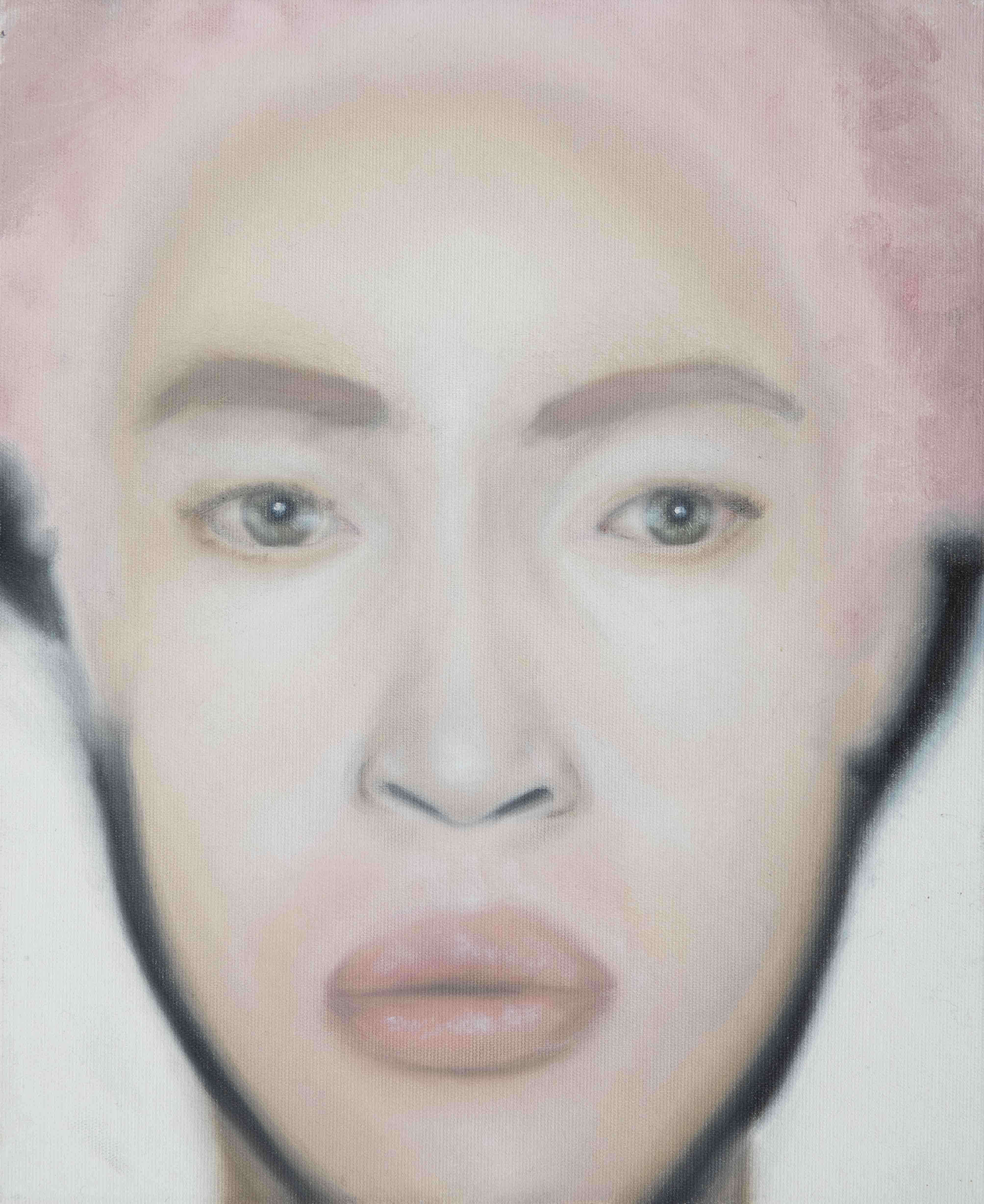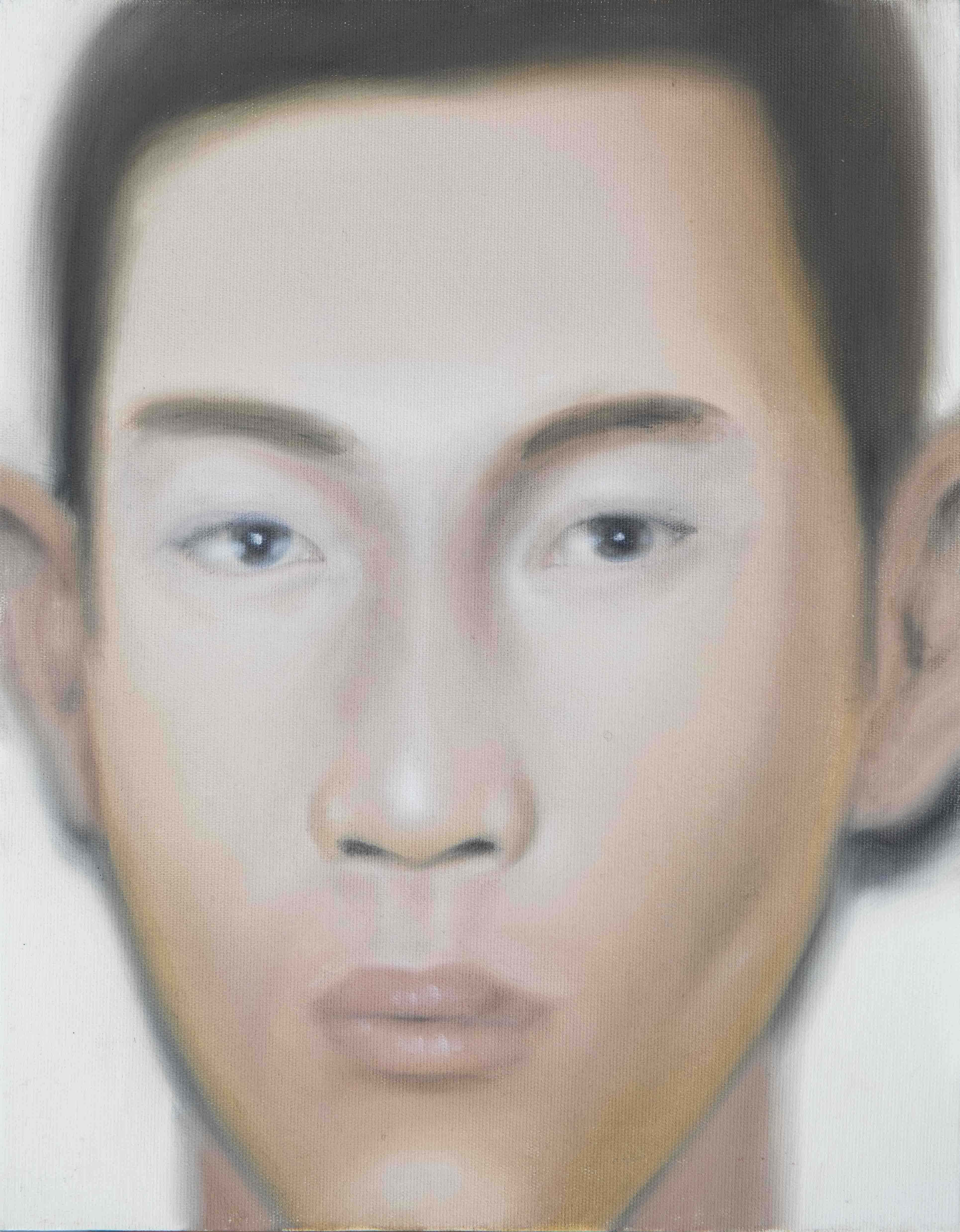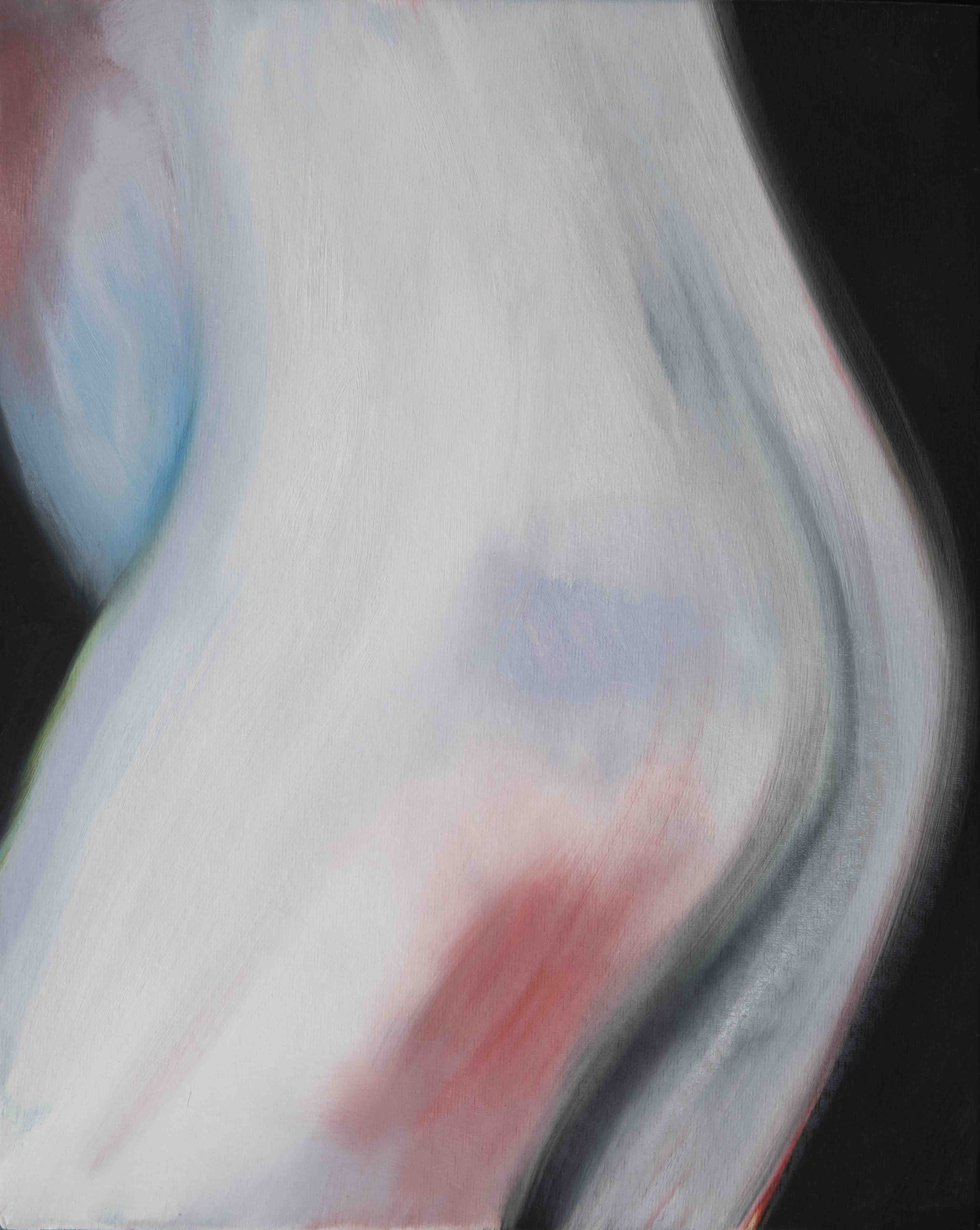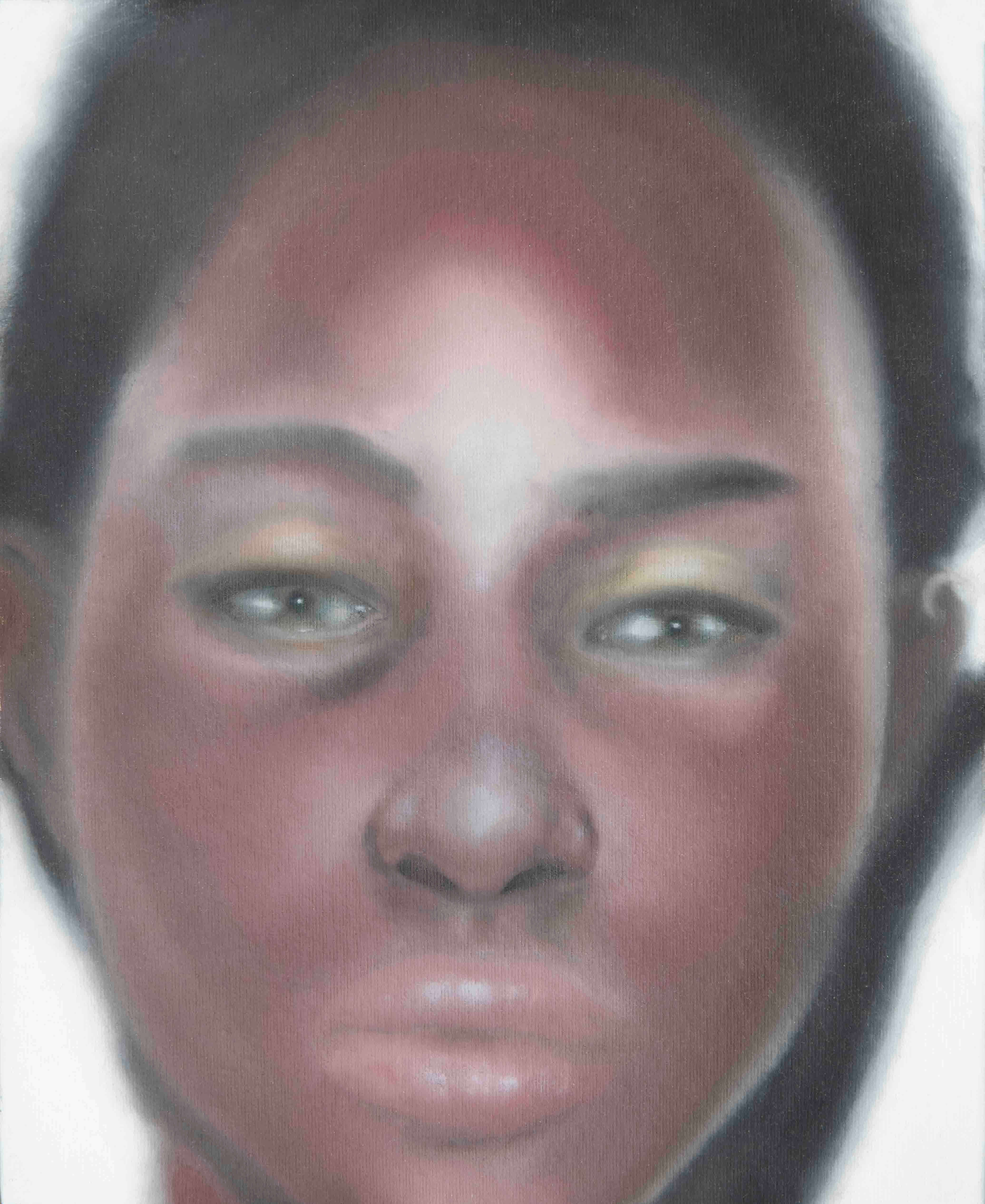These days we journey through crushing defeats and miracles. The miracle of a fearless discovery lit up along the way; the crushing defeat of a world under the control of a globalization that devastates diversity among the other inconveniences. All the work of a civilization that is drowning us in a new era: the Anthropocene. There’s no way out anymore. There’s no cultural or geographical escape route. Homo industrialis is everywhere, conditioning the universe. Now we can eat a hamburger in Paris or in Peking, we can connect to our social networks wherever we are, so why carry on travelling? There’s no denying it: it’s not easy to give up travel, a habit conditioned by the tourist industry, simplified by technology, capitalism’s perfect bedfellow. But, while the worldwide market has put us on automatic pilot, the temptation of geographical displacement may well go back as far as Homo sapiens himself. The seduction of travel is rooted inside us.
So, abolishing travel – journeys that lead to particular meanings – in that these days it’s just plain tourism, seems out of the question. Nevertheless, tourism is one of travel’s unavoidable faces, like other contemporary habits a self-justifying, particularly magnetic thing: many people are overwhelmed by the desire to travel and consider travelling for travelling’s sake a perfectly reasonable motivation in itself. Travel is worth it, it doesn’t need any other outside justifications.
Beyond individual reasons, a carefully planned socio-historical process is underway that embraces the desire to travel in order to physically organize it. Tourism is at once a desire fostered by the marketing men who relay a particular image of the world, and a way of organizing reality to make it attractive and welcoming. Reality has a touristy veneer that you can see in particular places created by and for the tourism industry.
Some particular conditions have permitted this generalized recourse to the “elsewhere”: for example, to make the actual travel from A to B practicable and attractive, it was necessary to alleviate, or rather erase, the physical fatigue by removing the uncertainties and dangers and making the world safe so that people could circulate easily on the ground, on the water and in the air. To increase the pleasure and not put people – the demand – off, getting around could no longer be a physical or psychological slog. Now new technologies have more or less completely removed the psychological isolation caused by distance and temporary exile by keeping us always [connected to] our networks, wherever we go. The tourism industry, helped by the town planners, has taken it upon itself to check itineraries, design appropriate spaces, come up with suitable technology. The public powers and private businesses have partnered up in this task, beguiled by the prospective earnings. So, if travel hopes to discover reality by passing through it, with all its lumps and bumps and its near-miss bends, the tourism sector instead promotes its own comfort-, quality- and safety-checked version. Tourists are clients of the tourism system with its lines of circulation, places of transit and rest. This system consists of three main attractions – the place, the infrastructures and the activities – and only the first cannot easily be delocalized.1 Of course, it’s the place that suffers if there are too many tourists, too much tourism, and it isn’t easy to find a way around it. We could add others to these three elements: the heat-seeking demand of the sun worshippers, or the heat-escaping tourism of those desiring some summertime cool. These attractions can be bundled into multiple combinations and a whole host of tourist products. This tourism system can be found all over the planet. It extends from our home to the end destination, and there are few places that are not part of it. The people who move around have to be transported to and accommodated in facilities that meet their expectations; on this condition, everyone will pay the necessary price to benefit from these comforts.
At this point, we should ask ourselves if travelling goes beyond tourism. Yes, it does. It transcends it, because in theory it accompanies every form of movement so long as we don’t consider travel merely a desire, but also the result of the bodily, psychological, sensitive and intellectual experience linked to moving in space, regardless of the forms and reasons for the journey. In truth, travel is like a move of the spirit, a particular experience of mind and body. In other words, it’s an experience of the world undermined by the same infrastructures which should instead be striving to preserve it.
Theory of evasion
The attention given to travel betrays a clear need for evasion, the inspiration for many advertisements that proclaim the merits and beauties of perfectly welcoming places on the other side of the world. All of this appears quite banal. Nevertheless, a long time before this desire was aroused by the advent of industrial modernity, some people with a Rimbaudian lilt took to the road to leave behind their everyday lives, with the excuse that the “true way” was found elsewhere, as the French poet Arthur Rimbaud himself may very well have said. This assertion that the true way is elsewhere points to its dialectical echo, according to which the false way is here.
So, let us recall the following reflection from sociologist Jean Duvignaud: “The movement and path of initiates and adventurers results in a regaining of the being that we ought to be: to live is to be able to live beyond the limits and boundaries established by the city or civilization. Civilized human beings are not suited to their essence and they know it. To live to the full is to cross frontiers, penetrate travel like a matrix.” This passage from Esquisse pour le nomade says a lot about the feelings felt by those who, before it became a pastime or a fashion, perceived all the attraction of far-off lands and knew how to use their legs. In their muscles and their heads they had “the desire to live to the full”, that is, to explore their existential potentials to the limit, transported by the desire to cross the boundaries that mark off the frontiers of geography, society, experience and thought.
One characteristic of modern times is that they provided inspiration and enabled the desires to cross those boundaries to be expressed. And they gave this desire the technical means to do so, first of all in the shape of the steam engine and internal combustion engine. It’s likely that the social violence of the industrial revolution and the pressure that it placed upon everyday life, mainly through work, made these devices hateful to the eyes of many. The collective dimension of this hatred was displayed through revolutionary and subversive movements, while some single initiatives communicated its individualistic tendency. Emancipation was the aim of both. The explorers’ tales were already circulating, bringing new knowledge, stoking up the dream. The technological innovations made the transport easier, alleviated the fatigue and the material and psychological discomforts. Hence the premises were created to translate desires into actions and travel dreams into travel reality.
“Penetrating travel like a matrix”: according to sociologist Duvignaud’s sexualized formula, travellers probably pursue a form of ecstasy, through projection outside the self, beyond the usual spheres of reference. More than anything else, they seek a form of initiation, a possibility of rebirth, an experience from which they will not return untouched. All of this at the cost of risking the worst in order to have the best. The transformation sought by transgressing our everyday points of reference leads to what Duvignaud considers “regaining the being that we ought to be”. In the existentialist view, incomplete humanity sets off in search of itself, so as to reach its potential at the end. The goal is to achieve a completeness of anthropological nature and, following the existential travel experience, find a fullness of being. “Civilized human beings are not suited to their essence and they know it”: this is what distinguishes modern humankind, which reasons on and on and frees itself from the vertical institutions created by God and the monarchs. And this is why, veering away from its objectives, it no longer resists while at the same time seeking a place in the world with more mobile frontiers, less limiting traditions, which leaves room for more reckless adventures.
At this point we start to understand the combination of specific forces needed for travel’s creative power. This triple original desire is all about escape: 1) emancipation from the usual points of reference – desire for escape; 2) experience of the unknown – desire for real knowledge; and 3) inner realization, transforming and creating the self through the outside – desire for initiation.
Escape and creation – realizing our natural potential, creating ourselves through our experience and exploration. The dispute between essentialism and existentialism collapses. Travel reconciles them by bringing the unknown closer, inside and outside the self.
Against the unliveable…
It’s obvious that the world of travel has to be a mobile universe. Once up and running, the conscience becomes mobile and remains in wait. It thrives on meetings, visits other forms of humanity, explores the non-humanity of nature, encounters people and animals, crosses rivers and breathes in fumes on the roadside. Travellers experience the world’s diversity. At the same time they feel its unity. Solidarity. Everything is connected. The great outside and the great inside swap over. A unification unfolds. Contrary to all appearances, travel is not drifting dispersion. The deeper the experience, the more the being is poetically relocated. There’s definitely a hint of paradoxicality because movement is both the guiding thread and the tie. Travellers self-discover. They see themselves behind the figure of alienation, share the humanity of the women and men they meet, feel the presence of the arboreal multitudes pressing from all sides along the way. They fall asleep with the sea in their ears. Away from home, they are exposed. The world that they cross crosses them. The elsewhere becomes the here, the relationship between these two terms becomes interchangeable, they are no longer opponents in a binary context. Relationships form between the travellers and the beings they meet, on whom their gaze falls, on whom they lay regenerated attention. Paths light up. The road is a process of becoming, we exist thanks to the paths we follow. They make up our biography, give it space. Does this not mean that we are all travellers?
The road creates bonds, puts different realities together, outlines their unity. The road teaches harmony, alliances between different people; it suggests that since I have been outside myself and found my inner self, the moment has come to be outside and inside at the same time, that is, neither totally out nor in. To be all of this at the same time, and not be anything exclusively, once again leads towards the universal, summing these positions together, like in the circular image of yin and yang. Becoming a universe. Yes, that’s what it is. This is the obliged route for travel to become a willing mutation. At this point, travellers listen inside themselves to the whole of history and human potential, they become the “catalyst of the universe” that Antonin Artaud spoke of in his Revolutionary Messages. They welcome the cosmos into their loins and in it discover the universal human being. Mind, this isn’t the light at the end of all travels. Maybe it would be better to speak of enlightenment. It’s the apex, the culmination of a rare and fragile consciousness. But it’s enough to have passed next to it to be profoundly transformed. It might even give rise to a sense of life, the awareness of a destiny.
When it touches the earth, this metaphysics of travel transforms into a crucial question: how can I be and feel that I am both a person of one particular world and a person of all the world? In this era of hyper-mediatic globalization, it becomes a generic question, with unprecedented power. It’s probably as old as humankind though. Nevertheless, there are few whose lack of cunning and sense of fatigue make them linger on its anthropological and philosophical implications. Since time immemorial, travel has plunged us into the disturbing enigma of our belonging to the world. And the key to solve this enigma remains in that fundamental place where consciousness and the world, interiority and exteriority, become one. In the principle of departure lies the principle of return. The true way is here, today more than ever.
Back to Earth. There’s no escape route in the Anthropocene. The only way is to deal with it. These days, it’s no longer realistic to change the world with geographical movements. Forgetting the Unliveable in particularly organized places, with all the services laid on, is a chimera of commercial society. The Unliveable grabs us by the neck. It saturates our lungs with particulates and our cellular fibres with plastic molecules, destroying biodiversity, upsetting the atmosphere with uncontrollable extreme weather events… Tourism is at once a symptom and the factor responsible for the world’s growing unliveability. It puts pressure on societies and places, replaces inhabitants with visitors and sets obstacles in the way of the freedom of circulation that one would have thought it should promote: tolls, taxes, quotas, frontiers, all the obstacles prompted by tourism in the attempt to regulate its excesses and select its consumers. Nevertheless, overtourism, a term that we could say is all the rage, is not a recent phenomenon. It’s part and parcel of tourism as soon as a place becomes attractive. It has long made its mark on certain places: the work by Jon Krakauer2 entitled Into Thin Air, originally published in 1997, shows the degradation of Everest at the hand of a glut of climbers. I grew up in the Chartreuse mountains in France, and in the 1980s some places were overrun with visitors sparking serious clashes. This led the authorities to build infrastructures to manage the visitor flows better: car parks, entrance lodges, barriers. As a consequence, those places and the subjective experience you could draw from them were objectively transformed. What is new today is that overtourism is hitting the European capitals. They no longer have the capacity – or the will? or the possibility? – to take on the tourist assault. Hence, we can’t ignore the tourist build-ups any more.
The major act of the twentieth century was getting around, leading to the development of interchangeable places. Now, the challenge of the twenty-first century is to relearn to live in a once more liveable and solidaristic world. Where social, ecological, economic, health and mental crises co-exist, places become unliveable. Social ecology will bring its resources to tackle this issue. The work site is immense. It has to break down rigid dogmas, disrupt ways of living. It will involve social diversity, by developing new ways of co-existence.
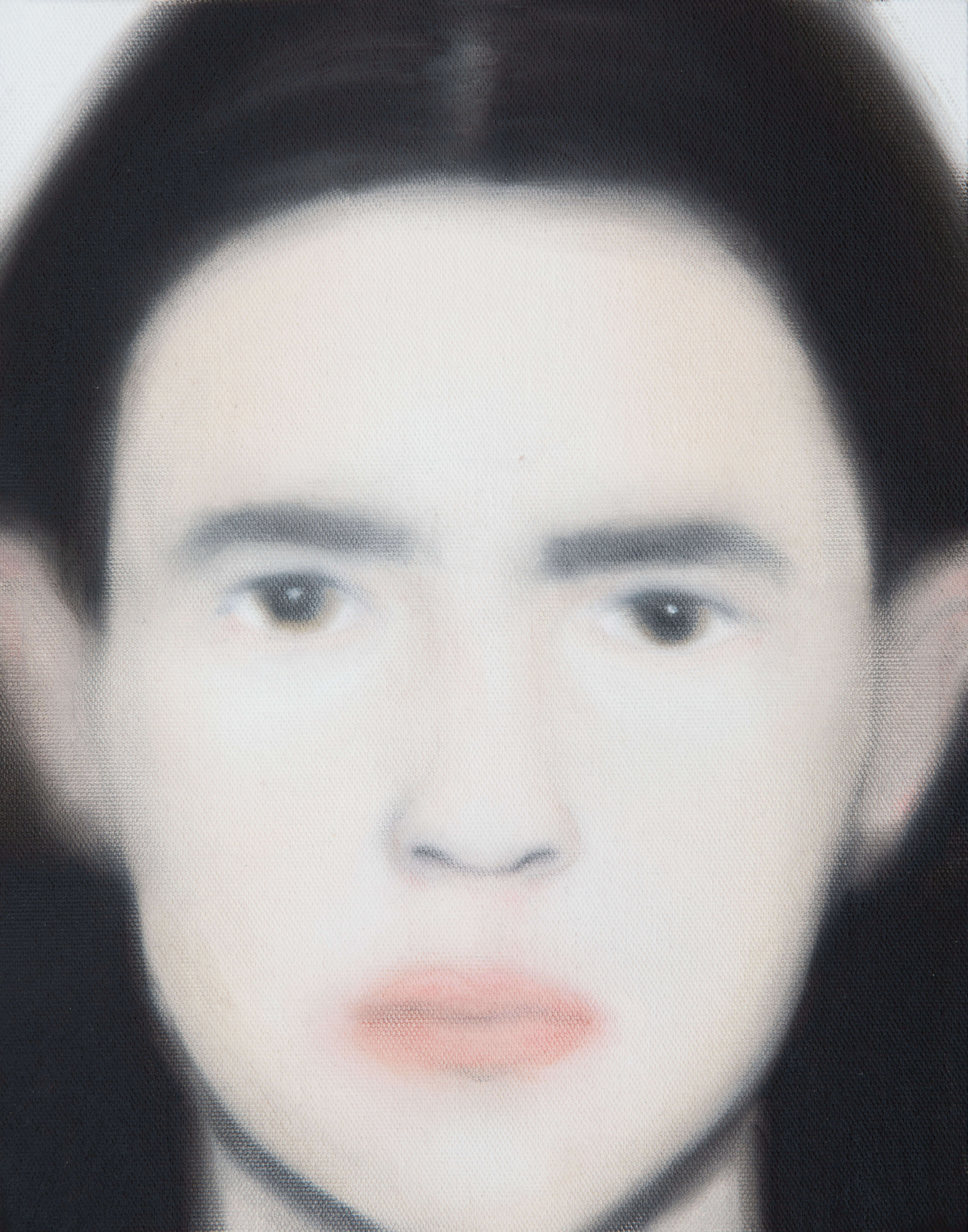
The only thing left for us to do now is to upset the order of things, to snap out of the spell thanks to the return journey: not making the great departure towards amazing and astounding lands, but returning to Reality. Coming back to reality is like getting back into the right mind, imagining ways out of the dead ends of world consumption and management. We have to learn to look long and hard at the places close to us, to question what seems commonplace, to reject the usual clichés of an ideal destination on the horizon of fanciful and grotesque progress. It’s right here that we have to think and act, question our lifestyles and imagine other people’s. The here is also the elsewhere. It forgets no one, leaves no one out. Likewise, the elsewhere is a distant here. We have to deal with the world’s increasing unliveability right here, right now. The pandemic has taken us to the next level. The alarm bell is still ringing: we just have to listen to it.
1 In effect, while, depending on the circumstances, it appears that Corsica could be replaced by Sardinia, in the same way as the Algerian Sahara was replaced by the Libyan Sahara in the past, on the contrary no other perfect substitute could be found for cities like Venice, Seville, Barcelona or Paris.
2 Jon Krakauer, Tragédie à l’Everest, Paris, Presses de la Cité, 1998.
